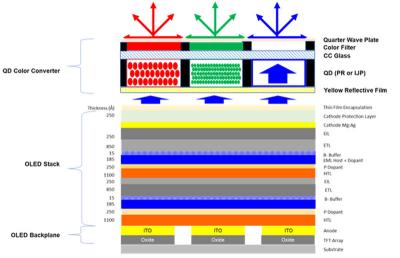Apple aims to adopt tandem OLEDs in its next iPad Pro tablets
In a very interesting post, The Elec states that Apple has reached out to both Samsung Display and LG Display, requesting that the display suppliers develop a longer-lifetime OLED display for Apple's next iPad Pro devices.

LG 12.8-inch P-OLED in Mercedes Benz 2021 S-Class
The lifetime of the current crop of mobile OLED devices is not enough for Apple's iPad - which is designed to be used for a longer period of time compared to a smartphone. An increased lifetime will also result in lower burn-in problems which seem to trouble Apple.







